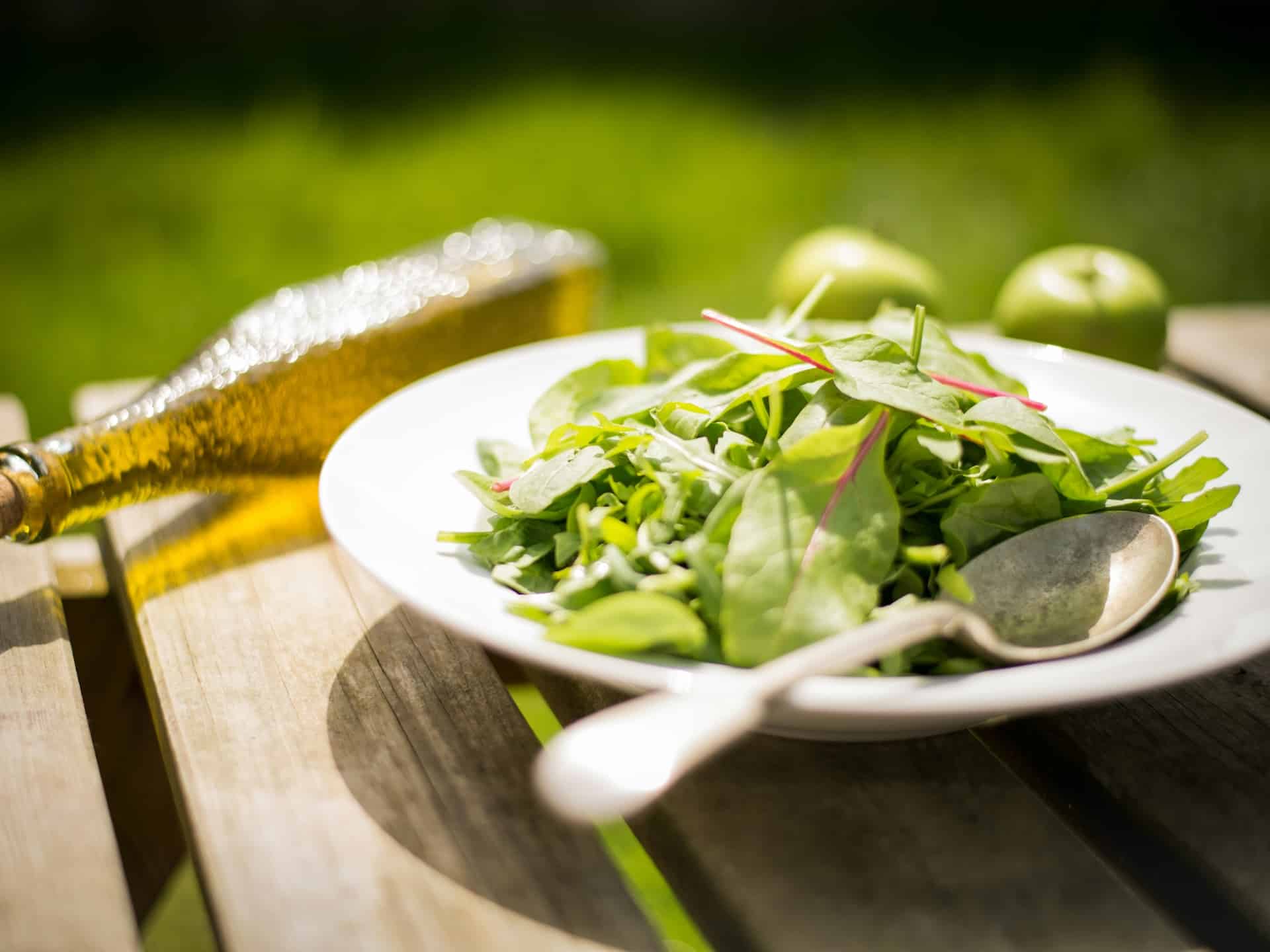
Many people look askance at beans, chickpeas and other legumes. It is not because of its flavor, which is usually mild, but because of the gases that usually accompany its digestion.
Why do legumes give you gas?
Legumes, such as beans, chickpeas, lentils, among others, contain carbohydrates called oligosaccharides. Our body is not able to fully digest them because it does not have the specific enzymes to break them down in the small intestine. Those oligosaccharides that we cannot take advantage of become a feast for the bacteria that live in our large intestine, in the colon, more precisely.
The small drawback of this bacterial process is that it produces gases (carbon dioxide, hydrogen and methane). Hence, after eating a stew or stew we have flatulence or gas.
How to avoid gas when eating legumes
It’s the million dollar question. We know that legumes are an excellent source of nutrients, such as proteins, fiber, vitamins and minerals, and that they should be abundantly present in our diet. But many times we avoid them so as not to suffer uncomfortable digestion.
Dietitians-nutritionists know some simple tricks to reduce gas formation. But they remind us that each person is unique and what works for one person may not work for another.
- Soak and rinse. Soaking the legumes for several hours, or putting them in water overnight and changing the water a couple of times before cooking helps to hydrate them and reduce the effect of oligosaccharides.
- Remove the water from the first boil. Other home tricks that can relieve some of these symptoms.
- Proper cooking. Cooking legumes until they are completely soft helps break down the oligosaccharides further. Impatience is not a good advisor in the kitchen and it does not help with gas either. Take your time and opt for slow cooking (or, if you want to cut it short, with a pressure cooker). Another option is to buy them already cooked.
- Add spices. Spices, such as cumin, fennel or ginger, have traditionally been added during cooking to improve digestibility. This homemade trick, which is not scientifically supported, could be justified by the contribution of phytochemicals from spices that make some people feel that digestion is lighter.
- gradual consumption. As with other foods high in fiber, if the intestine is not used to it, setbacks may appear, such as flatulence. The advice is to gradually increase your legume consumption to give you time to adapt. You can also start with a cream or hummus and then eat them whole.
Healthy, nutritious and affordable plant protein
Legumes are one of the main sources of protein in vegetarian and vegan diets, but also in the traditional Mediterranean diet. In fact, dietitians-nutritionists insist that they should have a much more relevant weight in our current diet due to their nutritional value. Georgiana Pitiliga, Category Manager of ALDI in Spain, adds one more reason to add them to the shopping cart on a regular basis: their price.
Compared to other sources of protein, such as meat or fish, recipes with chickpeas, lentils, beans, broad beans or peas are much more expensive. “In general, it is more profitable to buy them dry because lentils, especially, are more popular. If we buy them cooked, the beans are the ones that offer the best price, although all preserved legumes are exaggerated, with an average price of 0.4 euros per serving,” adds Pitiliga.
And on top of that, versatile
We have to make an effort to go beyond traditional spoon dishes. “We can incorporate them into garnishes, salads, hummus (not just with chickpeas), purees, soups, hamburgers…”. To cite just a few examples, we can prepare a lentil hummus with beetroot and carrot sticks to ‘dip’; some chickpea, oatmeal and other vegetable burgers; a black bean and textured soy chili instead of meat; lentil lasagna (the texture is incredibly similar to that of minced meat)… Since it is considered one of the foods of the future, even The FAO suggests recipes. from the five continents based on beans, broad beans or lentils.
If there are leftovers, they can be frozen without problems, although before doing so it is worth taking into account the rest of the ingredients in the dish. Alba Batista, Food Quality specialist at ALDI in Spain, says that “the texture of the legumes will not be affected, but it may deteriorate that of others.” This is the case of stews that contain potatoes, a food that tends to be soft when defrosted.

How long do legumes last?
Legumes are possibly the foods in our pantry with a more generous recommended consumption date. But that doesn’t mean they are eternal. Batista points out that “dried legumes have a best-before date of 18 months in all cases.”
Regarding legumes in conservation, the preferred consumption is 5 years. «In this period it is guaranteed that the food maintains all the organoleptic, nutritional and microbiological characteristics.»
| PREFERRED CONSUMPTION OF LEGUMES | ||
| dry | canned | |
| Chickpeas/ Lentils/ Beans | 18 months | 60 months |
| lentils | ||
| bean | ||
There is no doubt that legumes, due to their nutritional value, should be a staple in our kitchen. And, given their long life, it doesn’t hurt to always have them at home as a ‘pantry stock’.
The entry Lentils, chickpeas or beans: how to avoid gas from these legumes? was first published in Nutriiendo.







Thanks for sharing. I read many of your blog posts, cool, your blog is very good.